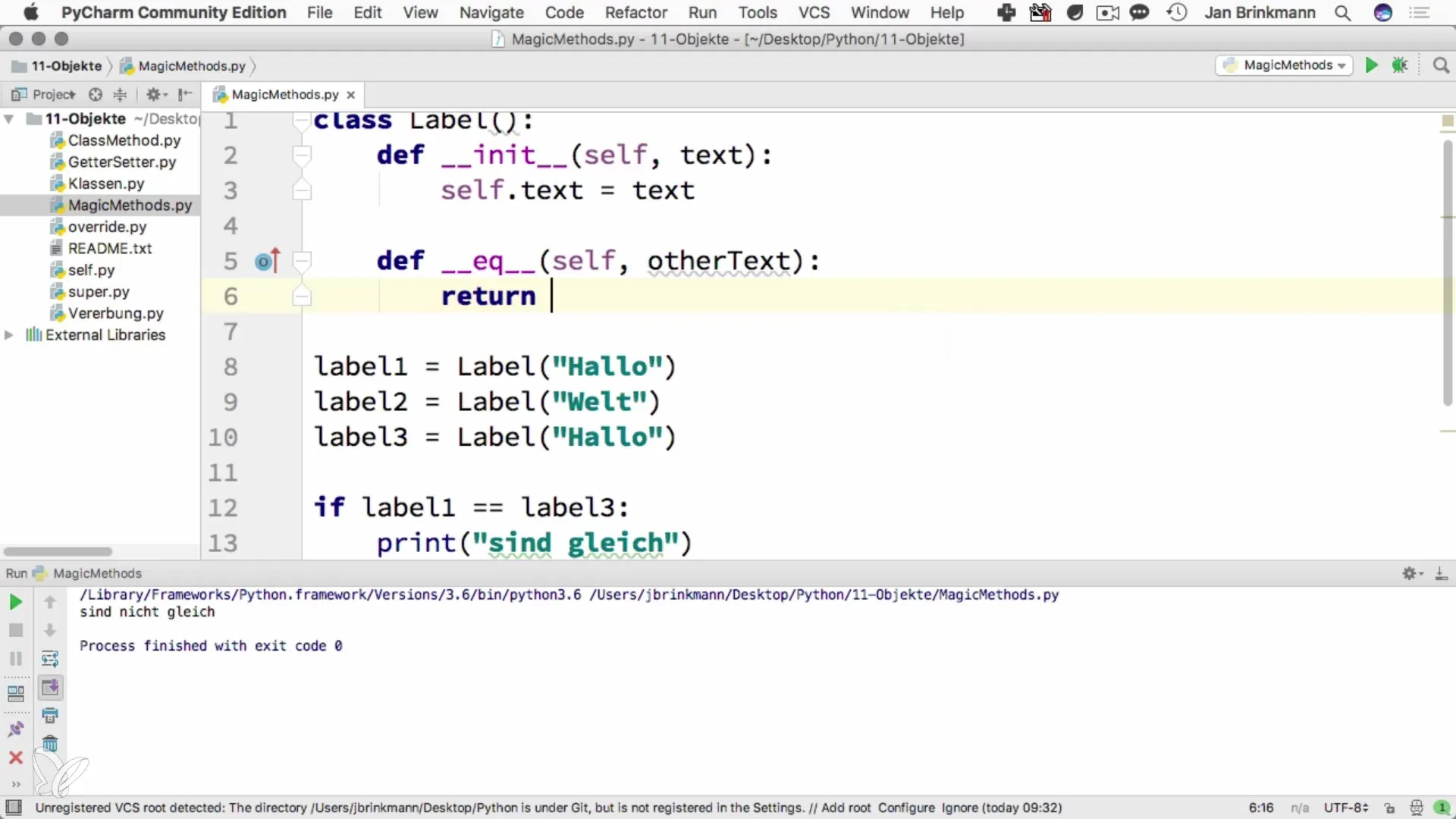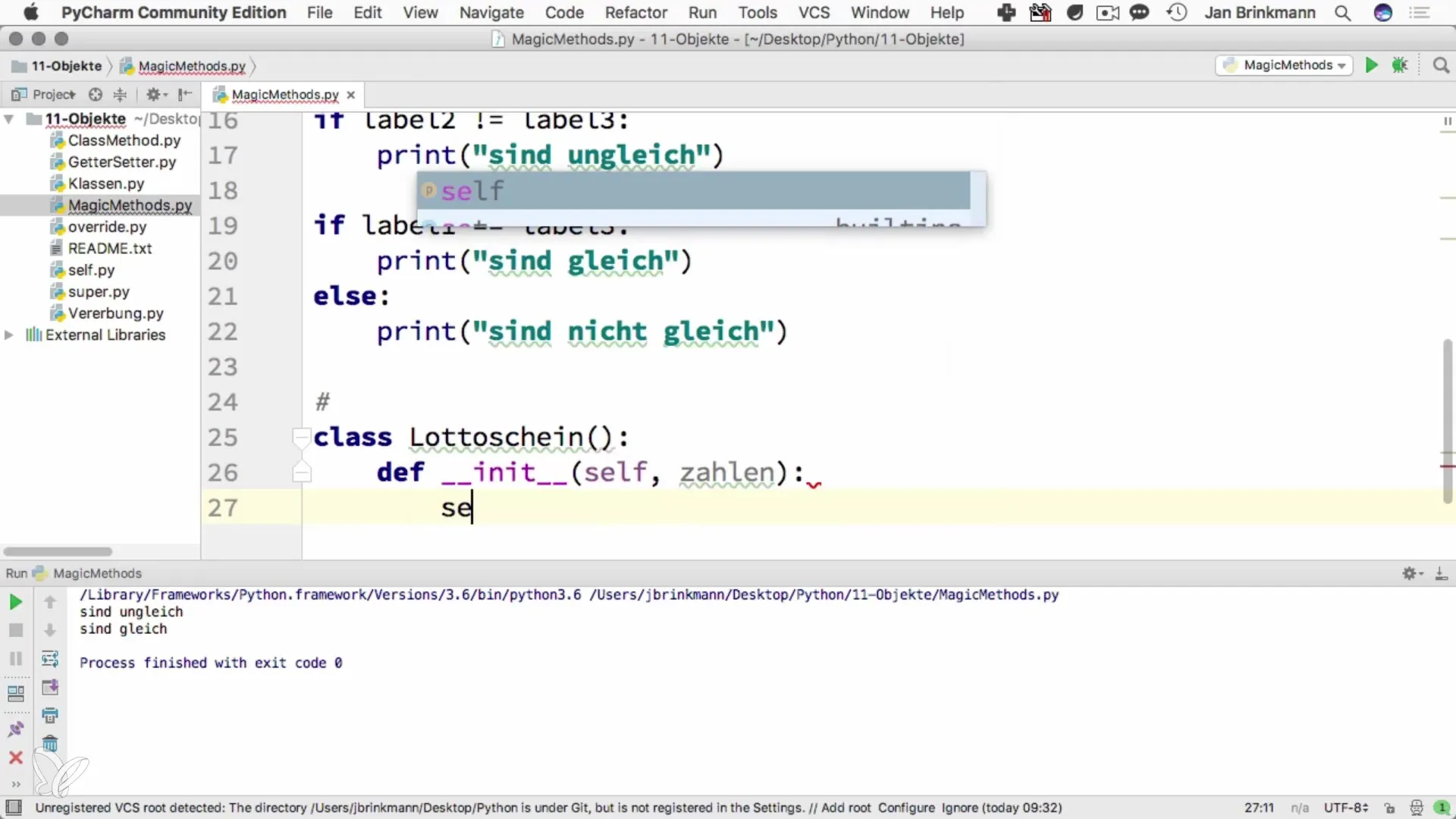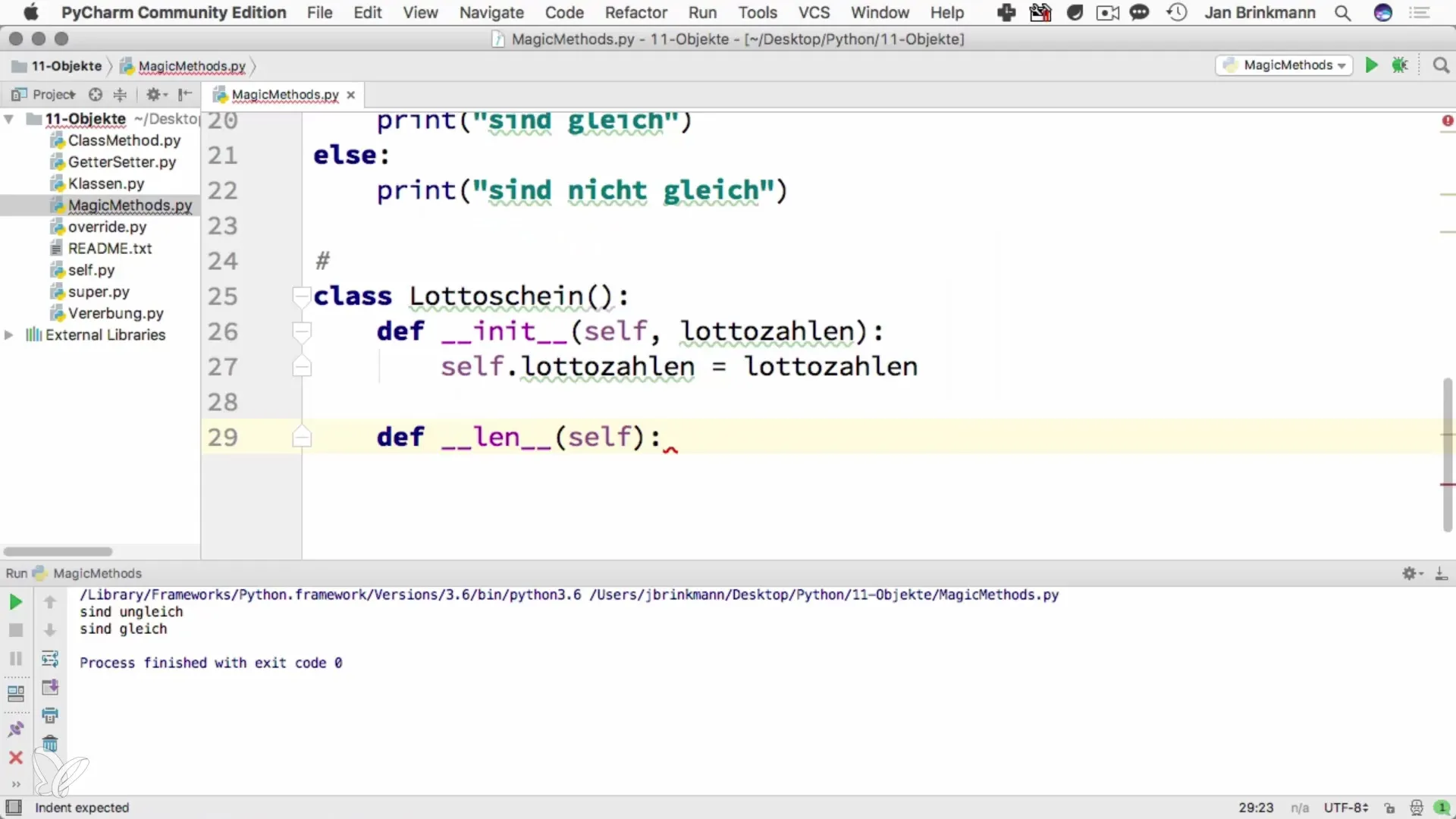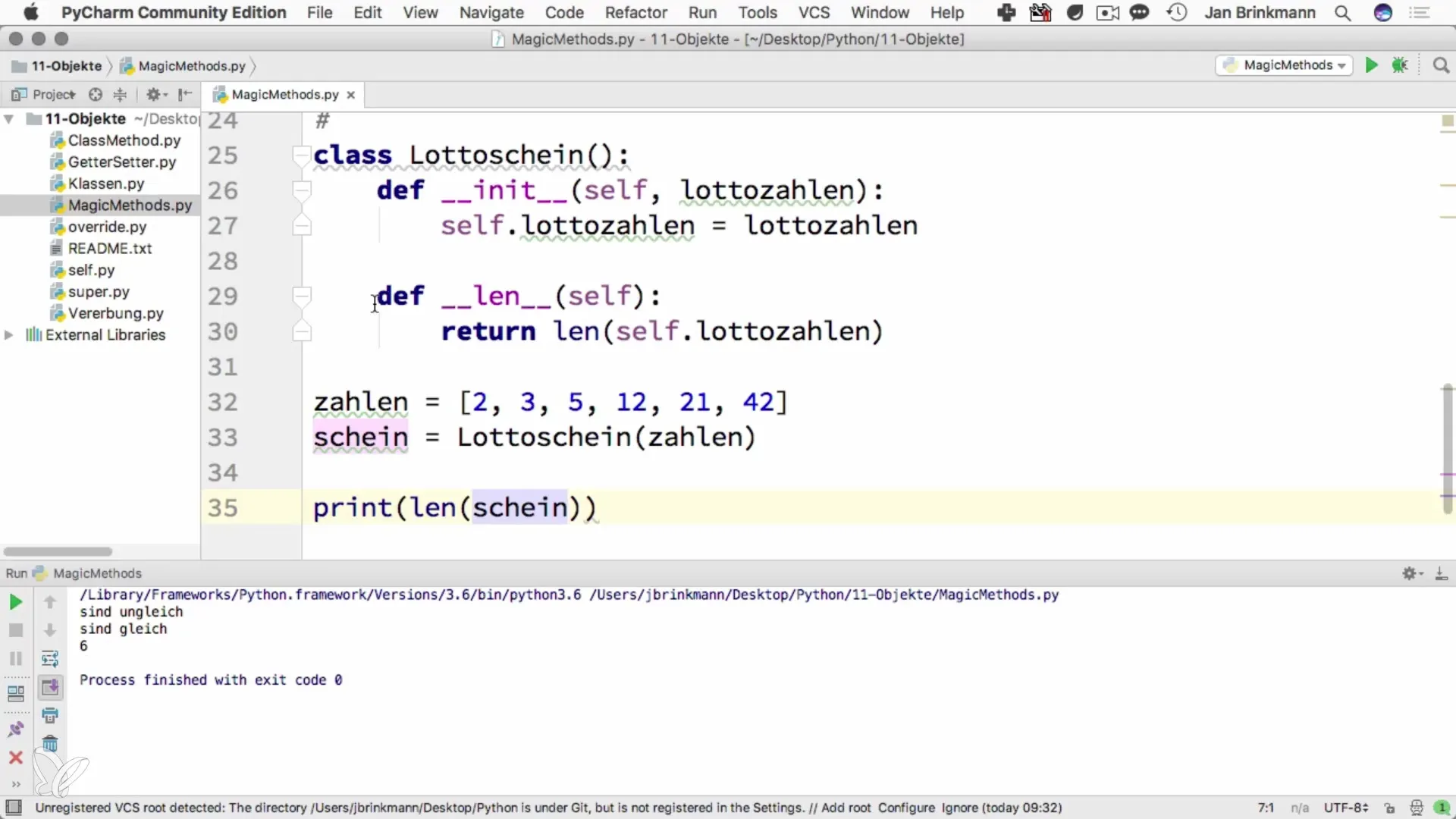As you dive deeper into the world of Python, you will encounter fascinating concepts that significantly simplify programming and increase its flexibility. One of these special features is the so-called magic methods. These special methods give you the ability to customize the behavior of your objects and are an integral part of the Python language design. In this guide, I will show you how magic methods work, give you some important examples, and explain their significance.
Key Insights
- Magic methods are special predefined methods with unique significance.
- You can influence the behavior of objects by overriding these methods.
- Important methods include __eq__, __len__, and __str__.
Step-by-Step Guide
1. Introduction to Magic Methods
Start with the definition of magic methods. Magic methods, also known as dunder methods (double underscore), are built-in functions in Python that are identified by special naming conventions. They allow you to adjust the behavior of your own classes to certain operations, such as comparisons, length determinations, and representations.

2. Creating a Simple Label
To illustrate the usefulness of magic methods, create a simple label object.
Here we simply store the text that our label should display. The initializer __init__ is one of the cornerstones for creating classes in Python.
3. Enabling Label Comparison
Without magic methods, you cannot directly compare objects. If you try to do this, you won't get the expected behavior.
Now you can compare labels simply by using ==.

4. Add More Magic Methods
In addition to __eq__, there are numerous other useful magic methods, such as __ne__ for inequality.
Now you can also check the inequality of labels, giving you added flexibility.

5. Create a Lottery Ticket Class
To further demonstrate magic methods, create a class for a lottery ticket. This class will have an attribute for the lottery numbers.
Now you have a class that stores a list of lottery numbers.

6. Determine the Length of the Lottery Ticket
Use the magic method __len__ to determine the number of lottery numbers on the ticket.
Returning a value that reflects the length of your object is especially handy when you want to know the number of elements.

7. Advantages of Object Representation
The default representation of objects in Python can be confusing. To improve this behavior, override the __str__ method.
This method allows you to generate a user-friendly string representation of your object, which is very helpful for debugging purposes.
8. Conclusion of the Lottery Ticket Example
Now you will call the lottery ticket class and pass a list of numbers.
By executing this code, you will see the implemented string representation and the length of your lottery ticket in the console.

Summary – Using Magic Methods in Python
In this guide, you have learned the basics of magic methods in Python. You are now capable of controlling the behavior of your own classes by overriding these methods. Whether for comparisons, length determinations, or custom representations – magic methods offer you diverse design possibilities in your Python code.
Frequently Asked Questions
What are magic methods in Python?Magic methods are special predefined methods in Python that control the behavior of objects in certain situations.
Why should I use magic methods?They allow for easy adjustment of the behavior of classes, making them intuitive to use and supporting Python-specific operations.
What are the most common magic methods?Some of the most common include __init__, __str__, __eq__, __len__, and __ne__.
Can magic methods also work with custom attributes?Yes, magic methods can access any attributes within the class to enable desired comparisons or representations.


